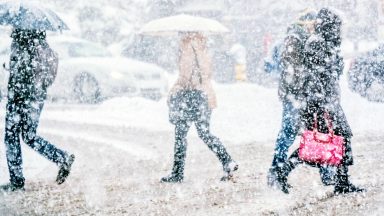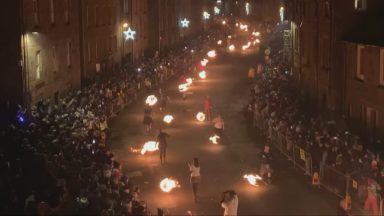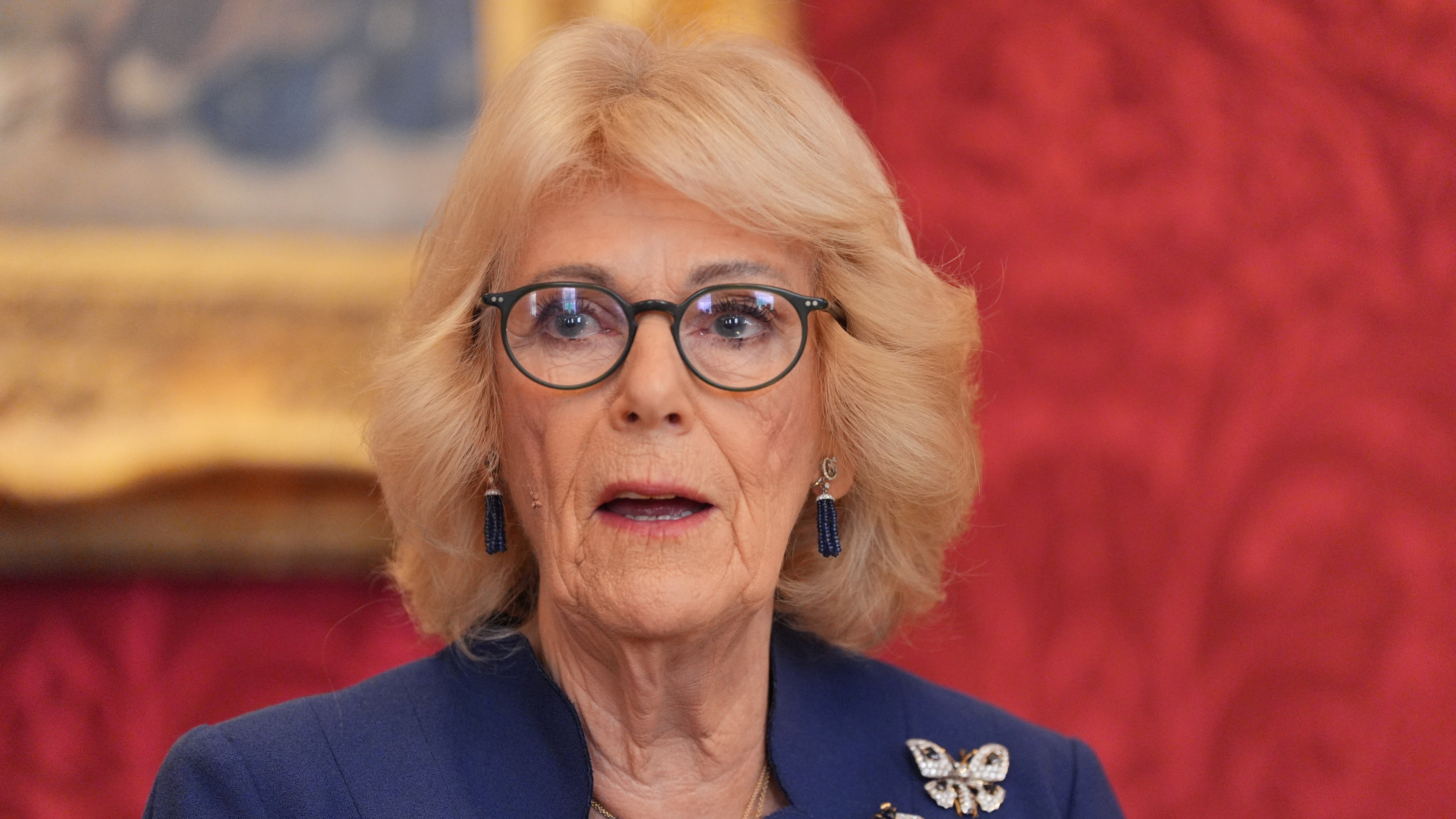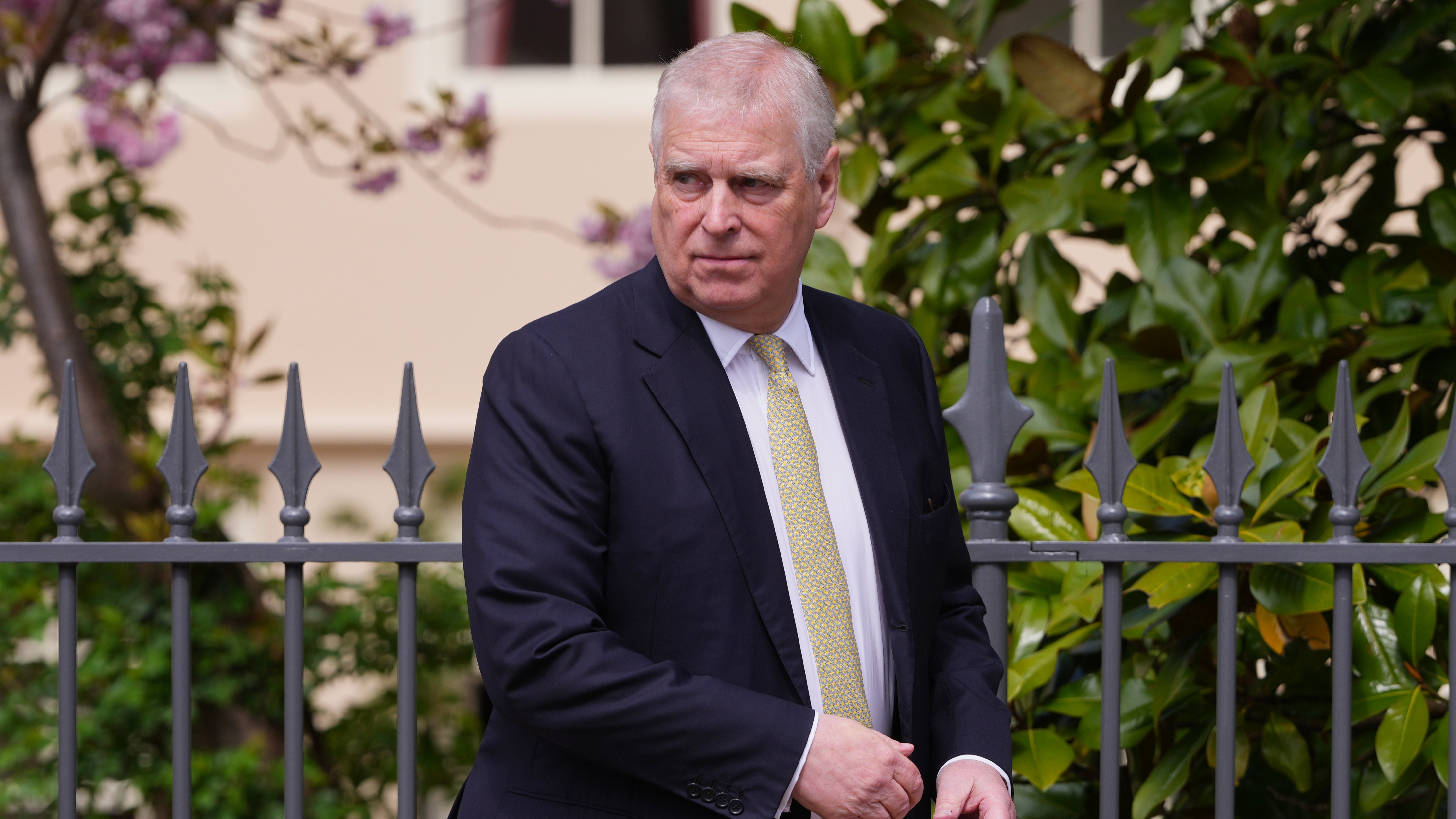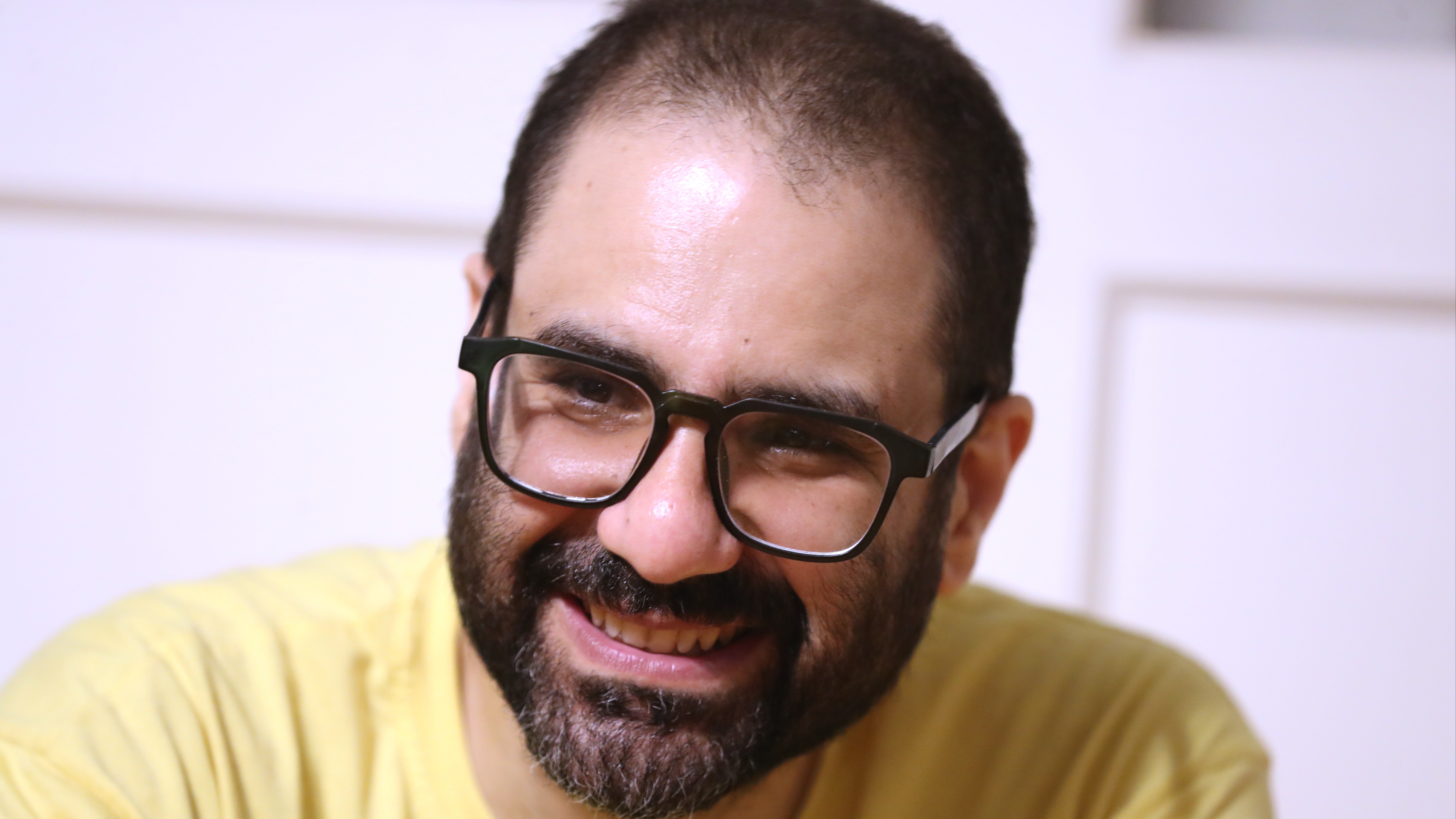NASA’s deep space telescope has captured a rare image of a star 30 times larger than the sun on the verge of collapse over 15,000 light years from Earth.
Astronomers using the high-powered infrared lens of the James Webb telescope to photograph the purple dust exploding off Wolf-Rayet 124 in the Sagittarius constellation.
The star – which has already given off the power of ten suns, according to scientists – is shedding its outer layers before becoming a supernova.
Giant stars typically accelerate through their life cycle much quicker than smaller celestial bodies before spectacularly dying in a burst of energy.
As it does so, ejected gases move away from the searing heat of the event and cool in space, forming shimmering cosmic dust which can be picked up by the telescope’s lens.
The space agency said the picture could help astronomers understand a “crucial” period in the early days of the universe.
“Similar dying stars first seeded the young universe with heavy elements forged in their cores – elements that are now common in the current era, including on Earth,” it said in a statement.
“The origin of cosmic dust that can survive a supernova blast and contribute to the universe’s overall ‘dust budget’ is of great interest to astronomers for multiple reasons.
“Dust is integral to the workings of the universe: It shelters forming stars, gathers together to help form planets, and serves as a platform for molecules to form and clump together – including the building blocks of life on Earth.
“Despite the many essential roles that dust plays, there is still more dust in the universe than astronomers’ current dust-formation theories can explain. The universe is operating with a dust budget surplus.”
NASA released the picture on Tuesday at the South by Southwest conference in Austin, Texas.
The observation was among the first made by Webb following its launch in late 2021.
The Hubble Space Telescope snapped a shot of the same transitioning star a few decades ago, but it appeared more like a fireball without the delicate details.
Such a transformation occurs only with some stars and is normally the last step before they explode, going supernova, according to scientists.
“We’ve never seen it like that before. It’s really exciting,” said Macarena Garcia Marin, a European Space Agency scientist who is part of the project
Follow STV News on WhatsApp
Scan the QR code on your mobile device for all the latest news from around the country


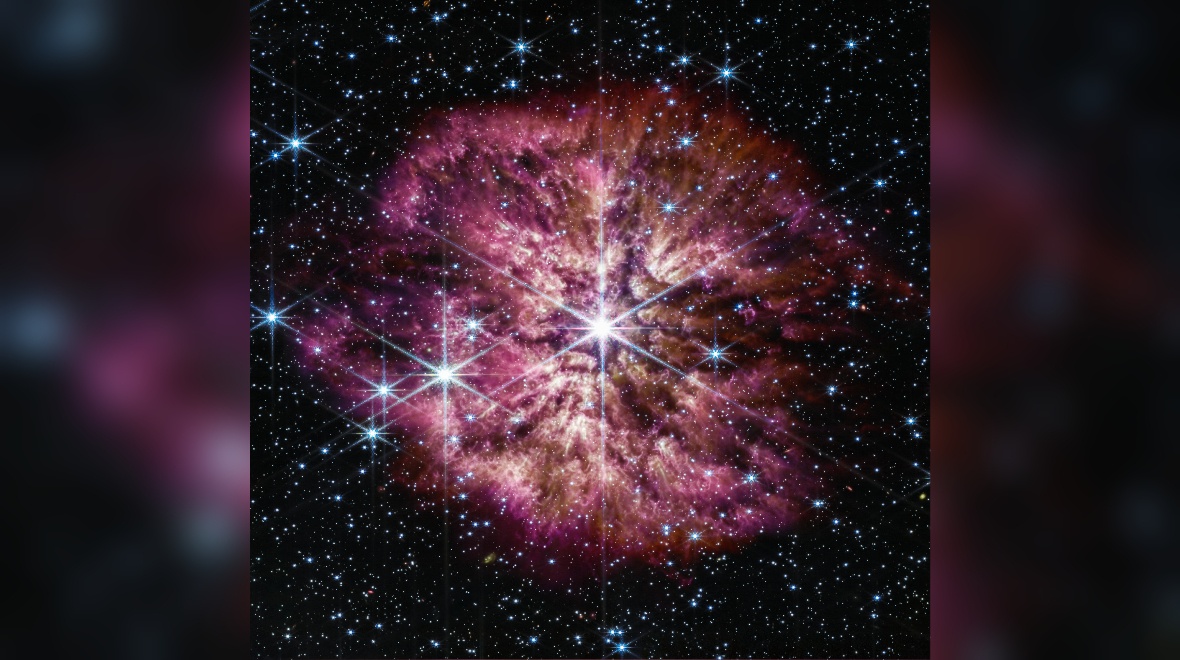 NASA, ESA, CSA, STScI, Webb ERO Production Team
NASA, ESA, CSA, STScI, Webb ERO Production Team

